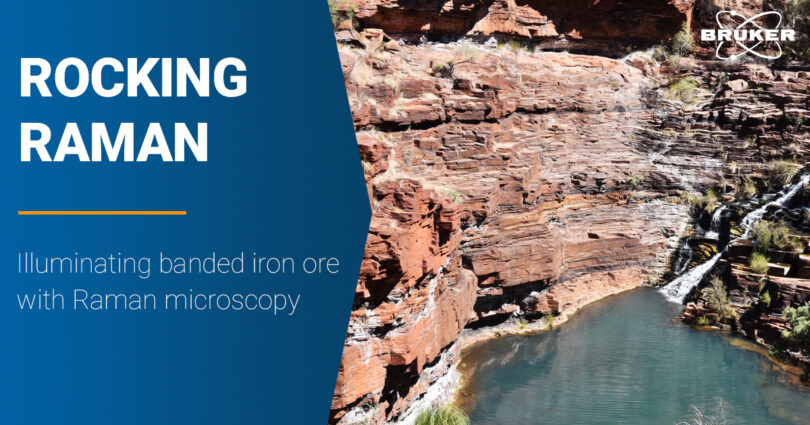Geoscientific Raman applications are manifold. Raman spectroscopy and microscopy have been successfully used for many years in research and mining. In the following we will discuss a typical Raman application in Geology that is implemented by both mining experts and scientists.
Raman microscopy provides rapid identification and valuable insights in the composition of rocks. The clear advantage of Raman over other techniques is that there is usually no need for extensive sample preparation or specialized equipment. It offers non-destructive examination of solids, liquids, and gases. Additionally it allows the exploration of transparent samples, aqueous components, and nanocomposites.
In short, there is no technique with similar versatility in geosciences.

Mineral identification
One of the most common applications of Raman in Geoscience is the accurate identification of mineral phases in geological samples. This is implemented by geologists to shed light on mineral and rock forming processes. Such information can be valuable in the assessment of the economic potential of rocks and in unraveling the sequence of geological events.
Let me illustrate this with an unpolished iron ore sample that we analyzed using the Bruker SENTERRA II Raman microscope. We carried out a quick mapping of the sample and by comparing the measured spectra with a spectral library, the minerals present could be identified in no time. The SENTERRA II is a great choice for this type of analysis as it has a high degree of automation which allows fast and easy Raman imaging.

As you can see it consists of Hematite (red), Magnetite (green) and minor amounts of Goethite (blue). This information is already valuable for mining geologists as iron ores consisting mainly of these minerals are of particularly high quality. Furthermore, the way the minerals are associated with each other determines how the rock has to be processed after mining.
For a researcher, the information provided in the above analysis is as valuable as for the mining geologist. The occurrence of Goethite for example indicates that the sample was exposed to weathering processes. This in turn tells the Geoscientist to be careful about interpreting the sample. Why is that the case? Weathering can lead to a loss of key diagnostic minerals thus making it difficult to accurately identify and interpret the original rock composition.
Conclusion
Geoscientific Raman applications offer a clear advantage in the rapid identification and composition analysis of rocks. Its non-destructive nature and ability to examine a wide range of samples make it a valuable tool in Geoscience. Some other applications of Raman spectroscopy and microscopy in Geoscience are for example:
- Analysis of clay minerals
- Study of carbonaceous materials
- Identification of gemstones and minerals in jewelry
- Analysis of fluid inclusions in minerals
- Analysis of geological pigments
If you are interested in even more Raman applications in Geoscience have a look at our blog article about the identification of Shara dust particles with the SENTERRA II.
And stay tuned for our next article about geoscientific applications of FTIR microscopy.








